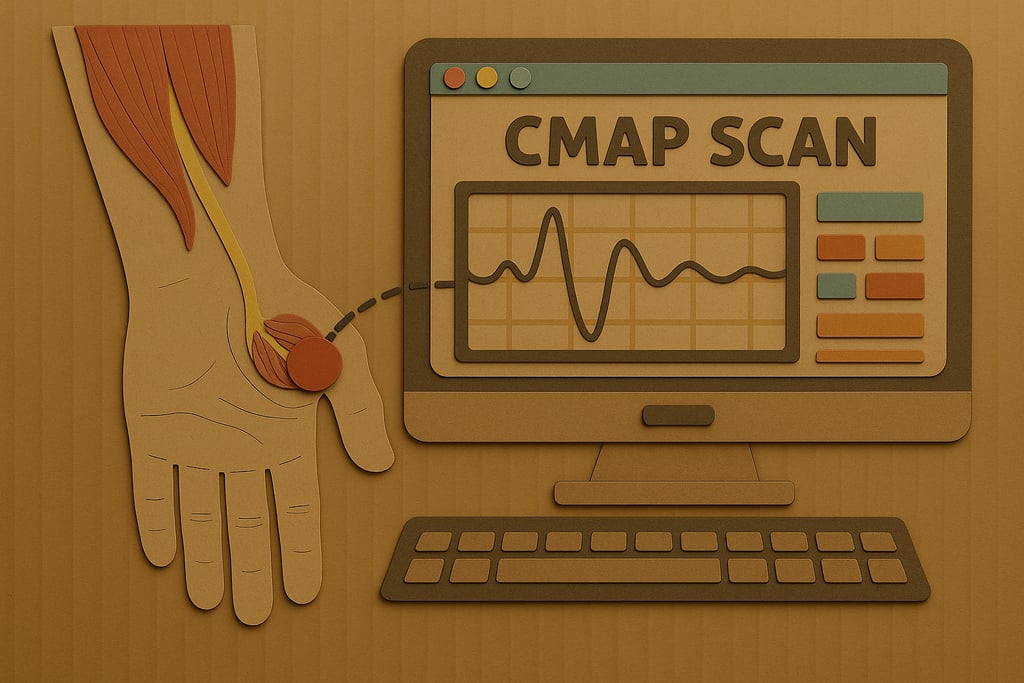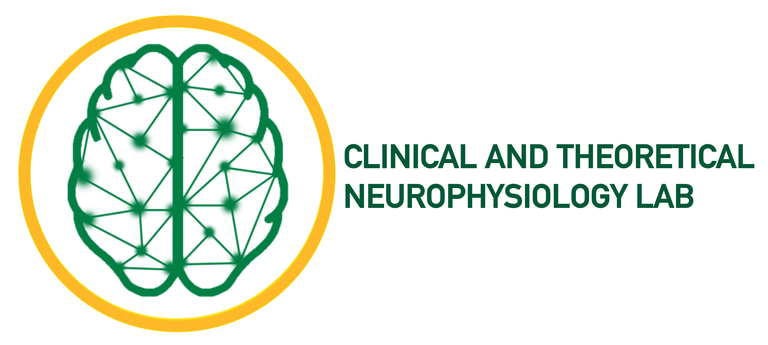Making Motor Unit Tests More Accurate for ALS: A Simulation Study to Improve MScanFit
In this project, Dawood Ahmed uses a physiologically grounded computer simulation to test how well a clinical tool called MScanFit measures motor unit loss in ALS. By modeling different patterns of nerve degeneration and muscle reinnervation, his work helps us understand whether these tools are accurate and fair for everyone living with ALS.
TRAINEES
5/8/20242 min read


Every time a person with ALS comes to our lab, we work hard to measure how their nerves and muscles are functioning. One of the tests we use is called a CMAP scan, which helps us estimate how many motor units (nerve fibers and the muscle fibers they control) are still working in a particular muscle. To analyze this scan, we use a computer program called MScanFit, which tries to estimate two things:
How many motor units are left, and
How big each one has become (because surviving motor neurons can sprout new branches to take over the work of those that have been lost).
These estimates are important because they help us track ALS progression and evaluate whether new treatments are helping. But there’s a challenge: we don’t know exactly how accurate the MScanFit program is, especially in people whose disease progresses in different ways or whose bodies respond differently.
Dawood Ahmed’s project takes an important step toward solving that problem. Instead of testing people, he built a computer simulation of ALS-related nerve and muscle changes, based on what we know from decades of physiological research. This simulation lets us “pretend” to do the CMAP scan in situations where we already know the true number and size of the motor units, something we can’t know in real people.
His model recreates how motor units might be lost in ALS, and how the remaining ones might try to reinnervate muscle. It includes different patterns of nerve loss and different capacities for reinnervation, so it reflects the real-world diversity we see in our patient participants. For each version of the disease, the model runs the CMAP scan ten times to mimic how results might vary between individuals.
Then, Dawood uses the MScanFit algorithm to analyze those simulated tests and compares the algorithm’s estimates to the known “truth” from the model. This lets us ask:
How accurate is the program in different situations?
How consistent are the results when the same physiological condition is tested in different individuals?
Ultimately, this work will help us understand whether the MScanFit tool is reliable across different forms of ALS, and whether we need to improve the algorithm to ensure the results are fair and accurate for everyone. That matters, not only for research studies, but also for people participating in clinical trials, where these kinds of tests may be used to decide if a drug is working.
We are deeply grateful to the people living with ALS who take part in our studies. Your participation is helping us build better tools and more precise ways to measure ALS progression. Dawood’s project is a small but important step toward that goal.
Research
University of Alberta
Van Vliet Complex (VVC), East Wing, 4th Floor
Office: VVC 4-220
Lab: VVC 4-268
© 2025. All rights reserved.
